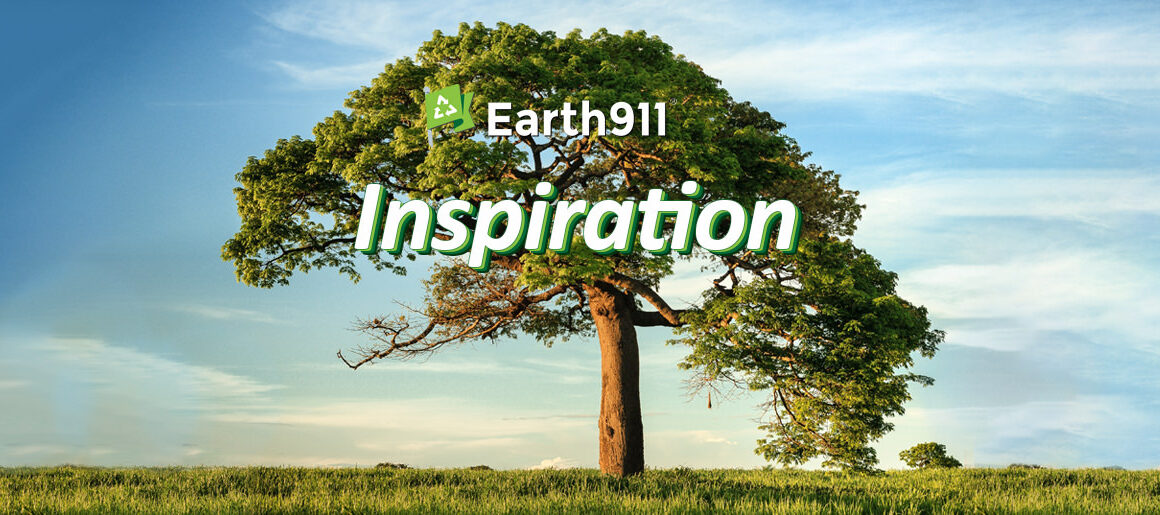Thousands of dead fish have washed ashore along the Richmond River at Ballina in northern New South Wales, after flooding in the region from ex-Tropical Cyclone Alfred, according to fish habitat charity OzFish.
The group said it has received “numerous” reports from members of the public of the fish kill, including photographs and messages showing “fish gasping for air, or washing up dead”.
It also heard reports of mud crabs and eels leaving the water due to the conditions.
Significant flooding that hit the northern rivers region before and after Cyclone Alfred crossed the coastline appears to have contributed to a “blackwater” event – where organic material is washed into waterways. As the material decomposes it removes oxygen from the water, causing fish and other aquatic life to suffocate.
OzFish’s chief executive officer, Cassie Price, said blackwater was the likely cause of the fish kill and that photographs showed dead flathead, bream, whiting, prawns and other marine life.
She said volunteers had tested the water quality at various points along the Richmond River and “the results aren’t good”.
Price said healthy water should have at least 5mg of oxygen a litre, but current levels were less than one-tenth of that figure.
“In the Richmond River today, the dissolved oxygen levels are almost nil, sitting at 0.4mg a litre,” Price said.
after newsletter promotion
“Fish experience distress when it falls below 4mg/L, and start to die at 2mg/L.”
A similar situation occurred in 2022, after the last severe flooding event in the northern rivers.
Price said “urgent action” must be taken to prevent further fish kills, including restoring swamplands along the Richmond catchment. This would build resilience into waterways and reduce the severity of blackwater events, she said.
“Healthy swamp bordering rivers acts as a sieve, or a filter, that reduces the blackwater from entering the waterway,” she said.







Recent Comments